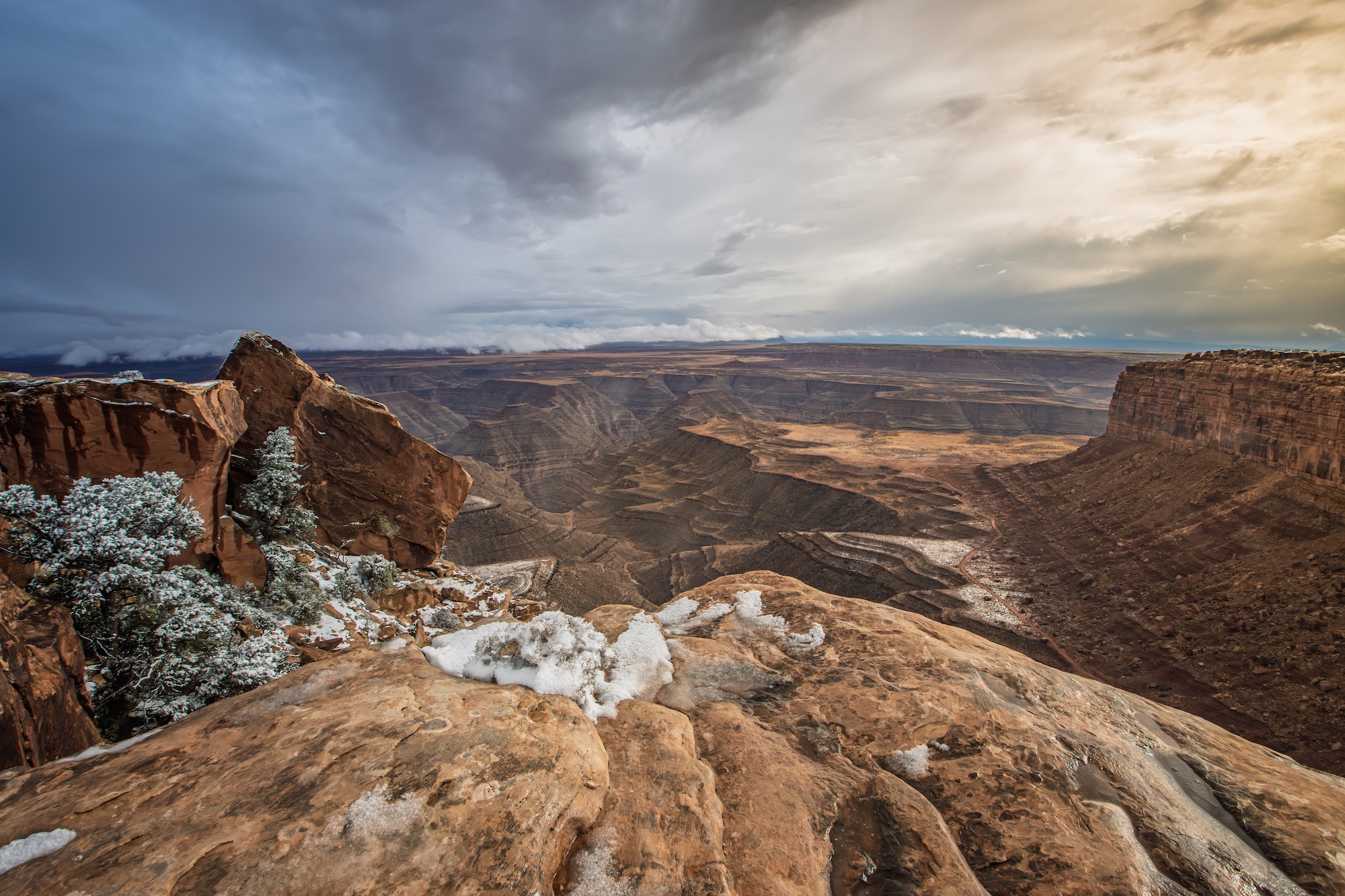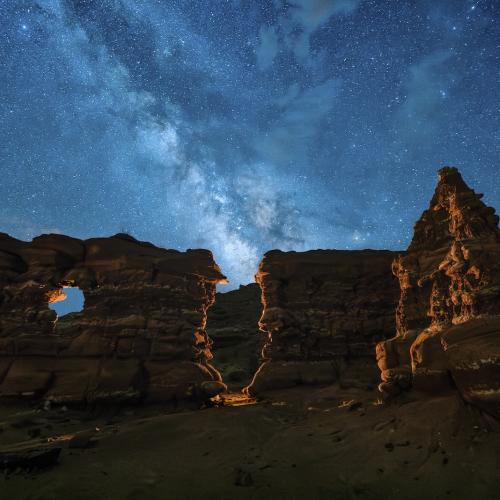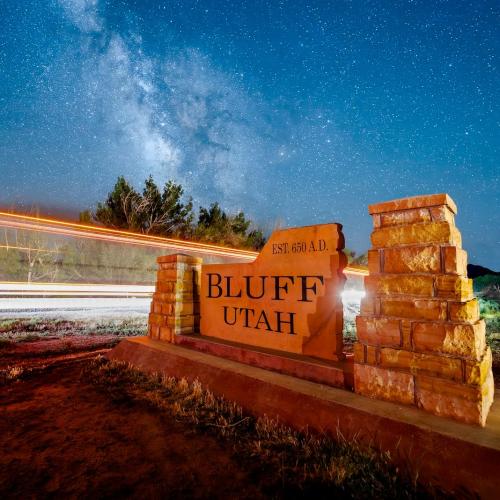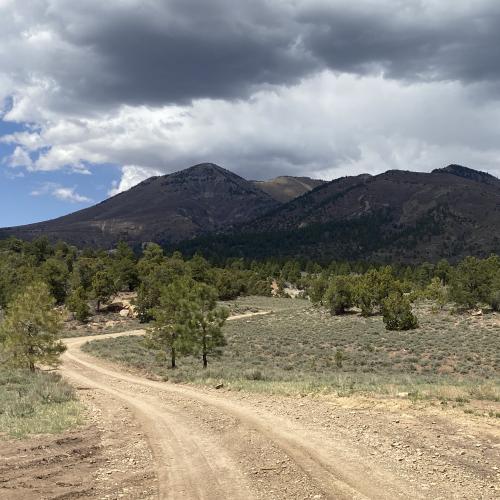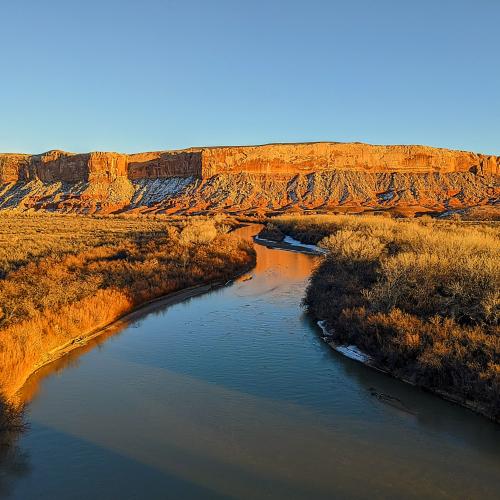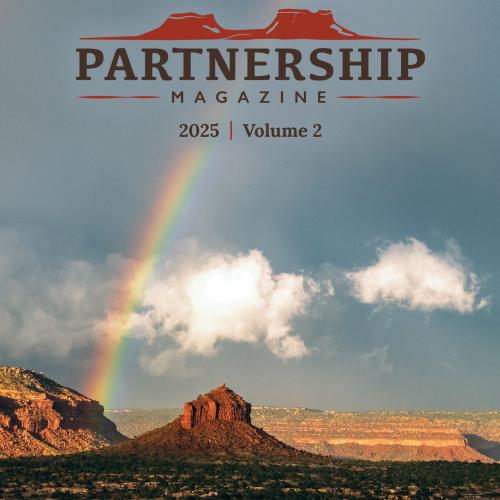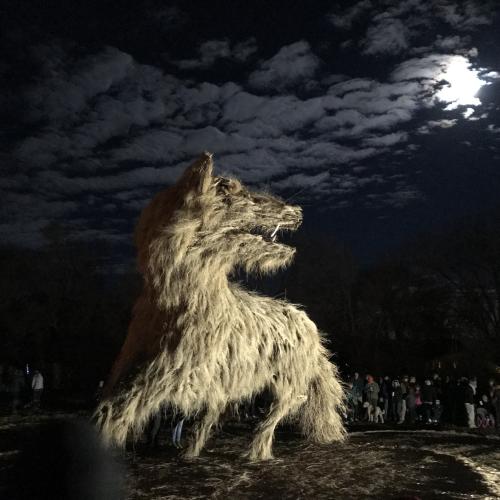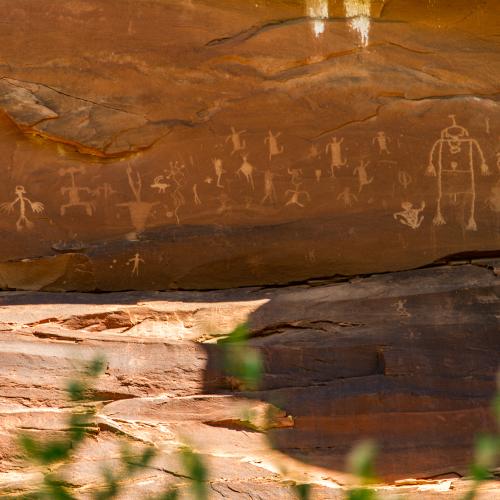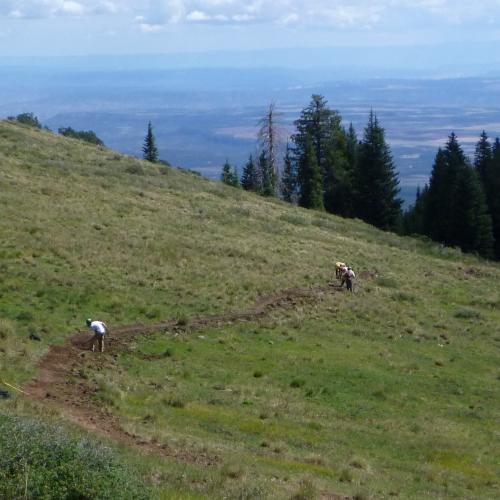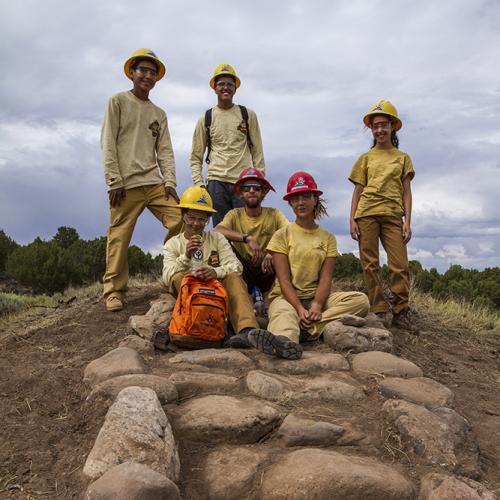Bears Ears Partnership leads on-the-ground site conservation, education, stewardship and research programs to protect and build respect for the greater Bears Ears cultural landscape.
The Land Can't Wait
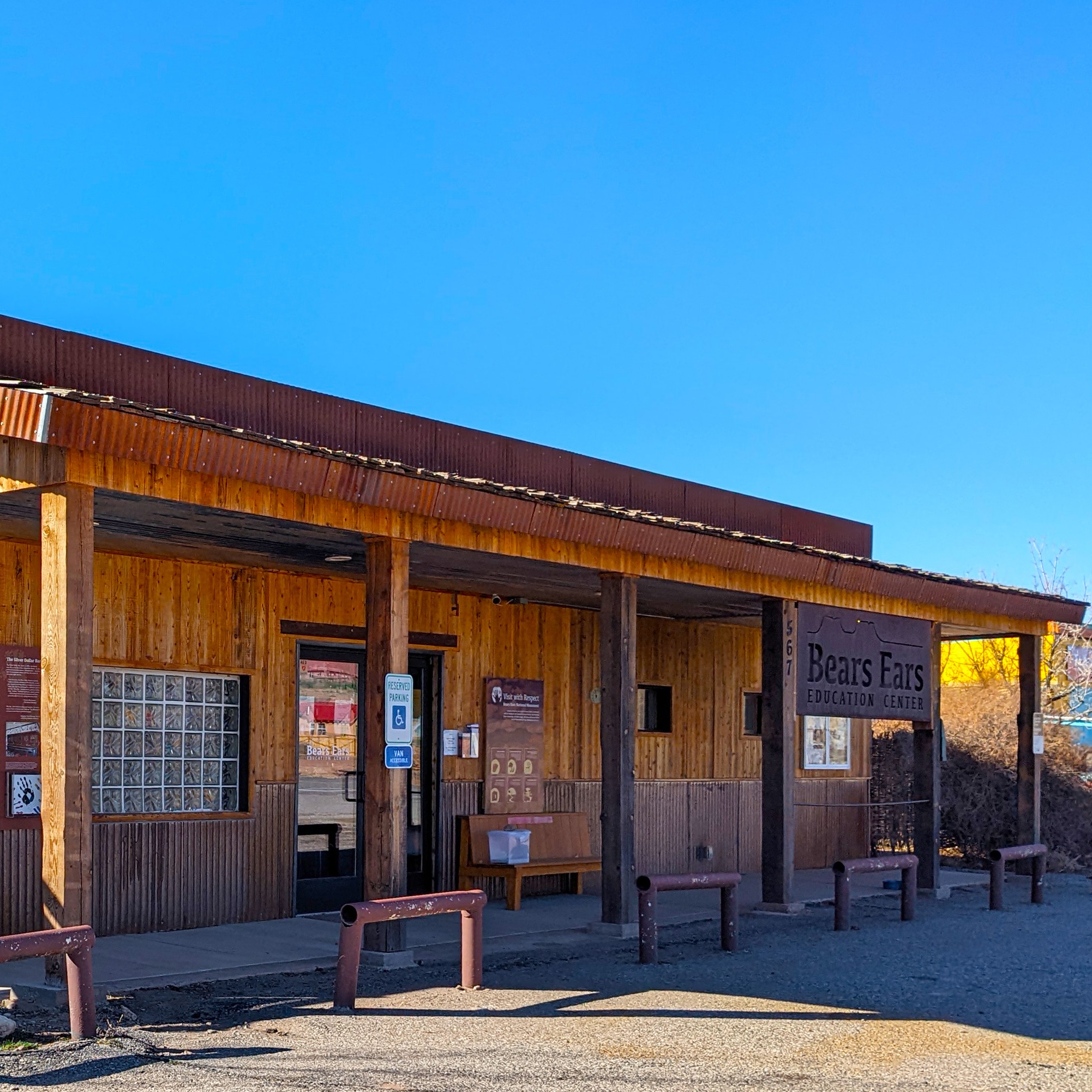
place-based education
Our Education Program nurtures place-based education and lifelong learning through classroom visits, teacher workshops, field trips, summer camps, dark sky programming and more. The Bears Ears Education Center is the only visitor center in the region, equipping visitors with resources on how to visit the greater Bears Ears region with respect, and hosts free community events to participants of all ages.
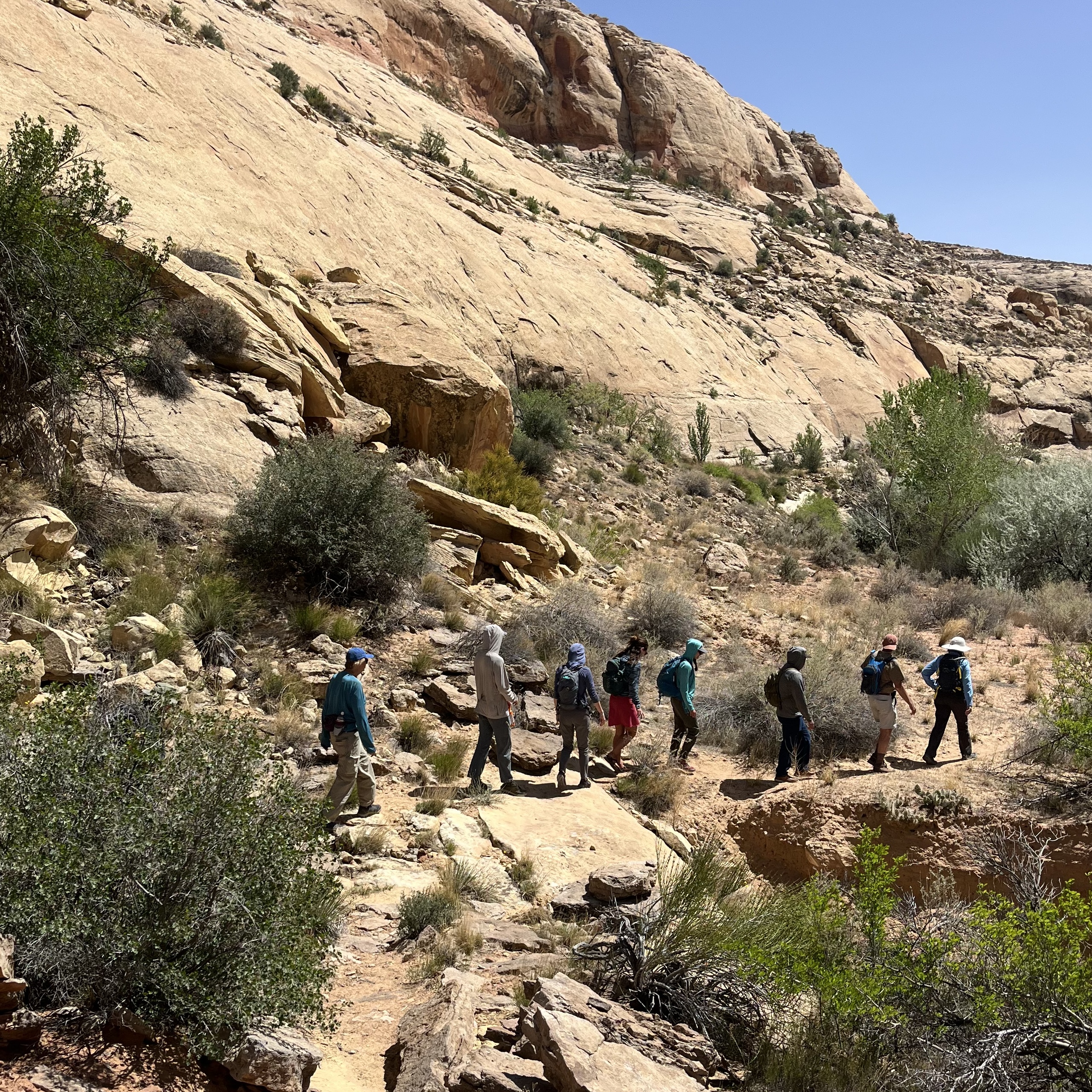
site conservation
Our Conservation Programs enrich the living connection to the land while mitigating potential impacts of visitation. Canyon Country Youth Corps crews implement on-the-ground projects to steward the cultural and natural landscape of the greater Bears Ears region, aiming to improve watershed health, mitigate invasive species, build and maintain trails, and restore habitats.
Events
Kristen Redd and Jorge Rojas on the Biocrust Project
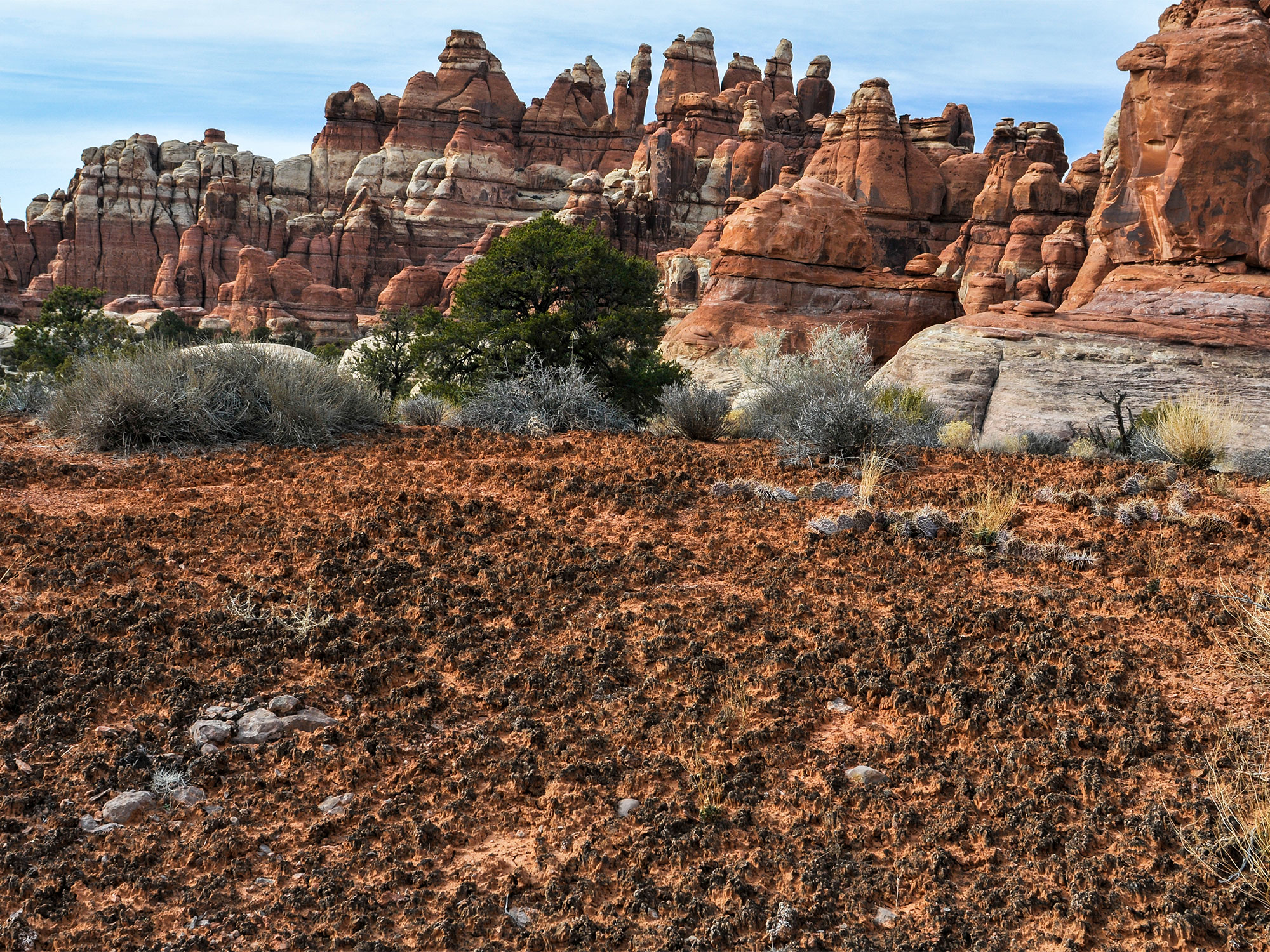
Join us at the Bears Ears Education Center to hear about The Biocrust Project, the inaugural project of the Dugout Ranch Canyonlands Research Center’s (CRC’s) Artist in Residence (AiR) program.
This evening will feature a discussion between Kristen Redd, Program Manager at the Nature Conservancy's Dugout Ranch Canyonlands Research Center, and Jorge Rojas, the multidisciplinary artist who collaborated with U.S. Geological Survey scientist Dr. Sasha Reed to create the project.
Humans use both art and science to explore, understand, and communicate about our world. Despite this inherent connection, artists and scientists typically work in isolation. Canyonlands Research Center’s (CRC’s) Artist in Residence (AiR) program seeks to educate and engage diverse audiences in ecology and climate solutions through explicit collaborations between artists and scientists.
Drylands cover roughly 40% of the planet’s land surface, and within drylands, biocrusts are a photosynthetic soil surface and a dominant cover type. Biocrust–the desert’s living skin–is a complex community of lichens, mosses, and cyanobacteria living on about 12% of the Earth’s land surface. Just centimeters tall, biocrust is the bumpy, often dark or burnt looking carpet atop desert soils, stretching between shrubs, plants, and rocks. Biocrust plays critical roles in sustaining the world’s ecosystems and in protecting human health, and are under threat due to climate change and human impacts. Art and science can help us experience these small but important communities, allowing us to know, respect, and support them.
On display at the Utah Museum of Contemporary Art in Salt Lake City from January until June 2024, the Biocrust Project created an educational and immersive encounter with this vital ecological subject. The installation included a 3D model of biocrust at the center of the room, a short film being projected, and audio narration from a multitude of voices, including Indigenous, scientific, and environmental perspectives on biocrust.
At this special BEEC event, attendees will have the opportunity to view The Biocrust Film, learn more about the Canyonlands Research Center and Artist in Residence program, and meet some of the people doing this incredible work.
Photo by Bill Bowman.
Event Information
| Event Date | 09-14-2024 6:00 pm |


